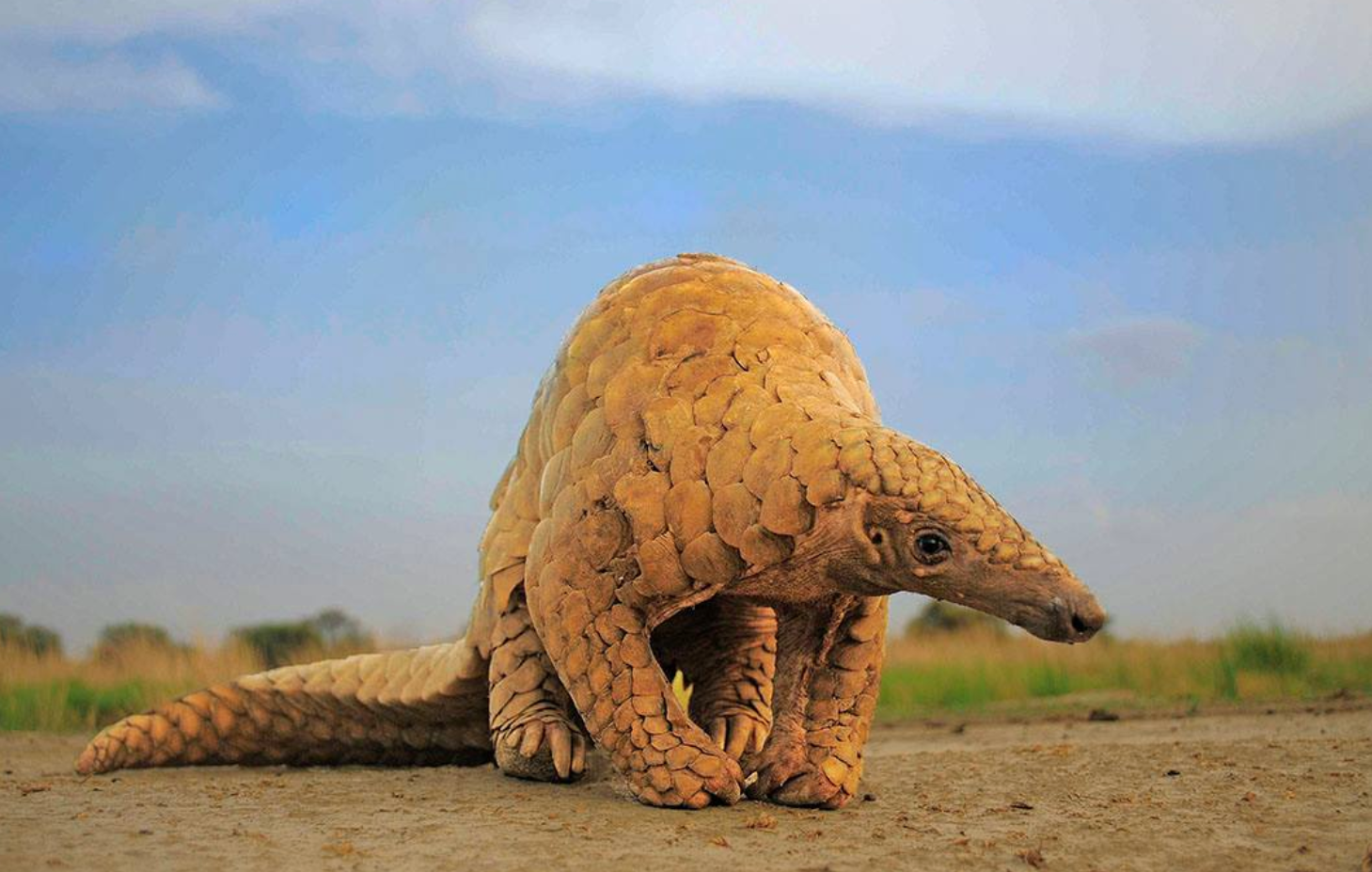 Listen to this article
•
15:34 min
Listen to this article
•
15:34 min
The first time I saw the pangolin, I could scarcely believe it was a mammal. It looked peculiarly reptilian and prehistoric, its elongated body covered with diamond-shaped scales, resembling a miniature crocodile. The pangolin had been rescued in March 2019, by the staff of the Forest Department who had successfully acted on intelligence and intercepted a group of traffickers trying to sell it in a nearby town. It had been captured in a remote section of the northern-Eastern Ghats by digging up a large anthill into which the pangolin had burrowed. The situation reminded me that these unique animals are the most trafficked mammals in the world, poached to the brink of extinction.
After keeping it alive for a week, we were helping release the pangolin in a suitable forest patch inside Papikonda National Park, the only national park in the northern part of the Eastern Ghats in Andhra Pradesh. Although we had released it into the forest in the morning, the pangolin scarcely moved the entire day and remained curled up in a ball, demonstrating how easy it is for poachers to pick it up and take it away. It became active only towards dusk. We left after setting several camera traps in the area in the hope of capturing its natural behaviour.

Despite its armour of hard scales, the endangered Indian pangolin (Manis crassicaudata) is a shy and elusive mammal. Cover Photo: Ansar Khan
There are two species of pangolins in India: the Chinese and the Indian pangolin. Both belong to the family Manidae, which has six other species of pangolins, distributed across Asia and Africa. Pangolins are the only scaled mammals in the world, belonging to one family and their own distinct order, Pholidota. They have been pushed to the edge of extinction, almost entirely because of hunting and trade, and were recently declared “the world’s most trafficked animals” by the International Union for the Conservation of Nature (IUCN). Although some of the hunting is opportunistic, a significant amount ends up feeding into the illicit international wildlife trade that is bound largely for East Asia. The last assessments of their population by the IUCN declared the Chinese pangolin as a critically endangered species and the Indian one as endangered.
The Indian pangolin was once distributed across India in a range of habitats from evergreen forests to farmlands, though their current distribution and population size is not known. The rarer Chinese pangolin occurs in northeast India and the Himalayan foothills. Sightings of both are scarce, even among communities that share its habitat. In India, pangolins are widely poached for their meat, skin, and scales, thus offering food for immediate consumption and products for trade. Its scales are strongly fixed to its body, and hunters are known to boil them alive to make it easier to remove.
This is due to widely held misconceptions about pangolin scales having medicinal properties and being able to cure a variety of ailments from piles to jaundice. The scales are also crafted into rings and amulets, and worn as a defence against black magic and witchcraft. In reality, pangolin scales are made of keratin, the same substance that makes up our fingernails and hair.
To hunt pangolins, poachers first locate their burrows and either smoke them out, or wait at the burrow for the pangolin to exit. When it does, they hit it on its head with a stick, causing the animal to roll into a ball for protection, after which they can easily put it in a gunny bag and carry it away. Dogs are an essential component in the hunters’ modus operandi as they help track the pangolin to their burrows and corner it if it tries to escape.

Pangolins are nocturnal, secretive, and their low numbers makes them challenging to observe. As a result, only a handful of studies have been done and very little is known of their ecology or population in the wild. However, we know that they eat ants and termites, by digging them out of anthills and termite mounds with the claws on their forelimbs, and use their long, sticky tongues to suck the insects out. In this way, they play an important role in keeping termite populations in check, particularly in forests and wooded habitats.
Pangolins are adept at digging, and make roughly circular-shaped burrows in the mud with multiple entrances, close to large rocks and boulders. Often, these burrows have false partitions and walls inside, giving the impression of it being empty or blocked. Pangolins are solitary animals that meet once a year to mate, giving birth to one young. Babies are born inside the burrow, fully scaled like an adult, and ride on the mother’s tail until about a year.

Pangolins are unique mammals, beautifully adapted by evolution in diet and lifestyle over millions of years. Although they are placed under the highest levels of protection both in India (under Schedule 1 of the Wildlife Protection Act, 1972) and internationally (under the Appendix 1 of the Convention on International Trade in Endangered Species of Wild Fauna and Flora), their continued survival is highly unlikely unless stronger measures are taken to curb their hunting and trade. Conservation efforts should closely engage with local communities to dispel false myths and provide medical alternatives to pangolin body parts. A close examination of the illicit wildlife trade market is necessary to identify trade networks and market forces that drive pangolin trade. Overall, a much better understanding of the proximate and ultimate drivers of pangolin hunting and trade is necessary to inform conservation action and ensure the survival of these evolutionary marvels.





